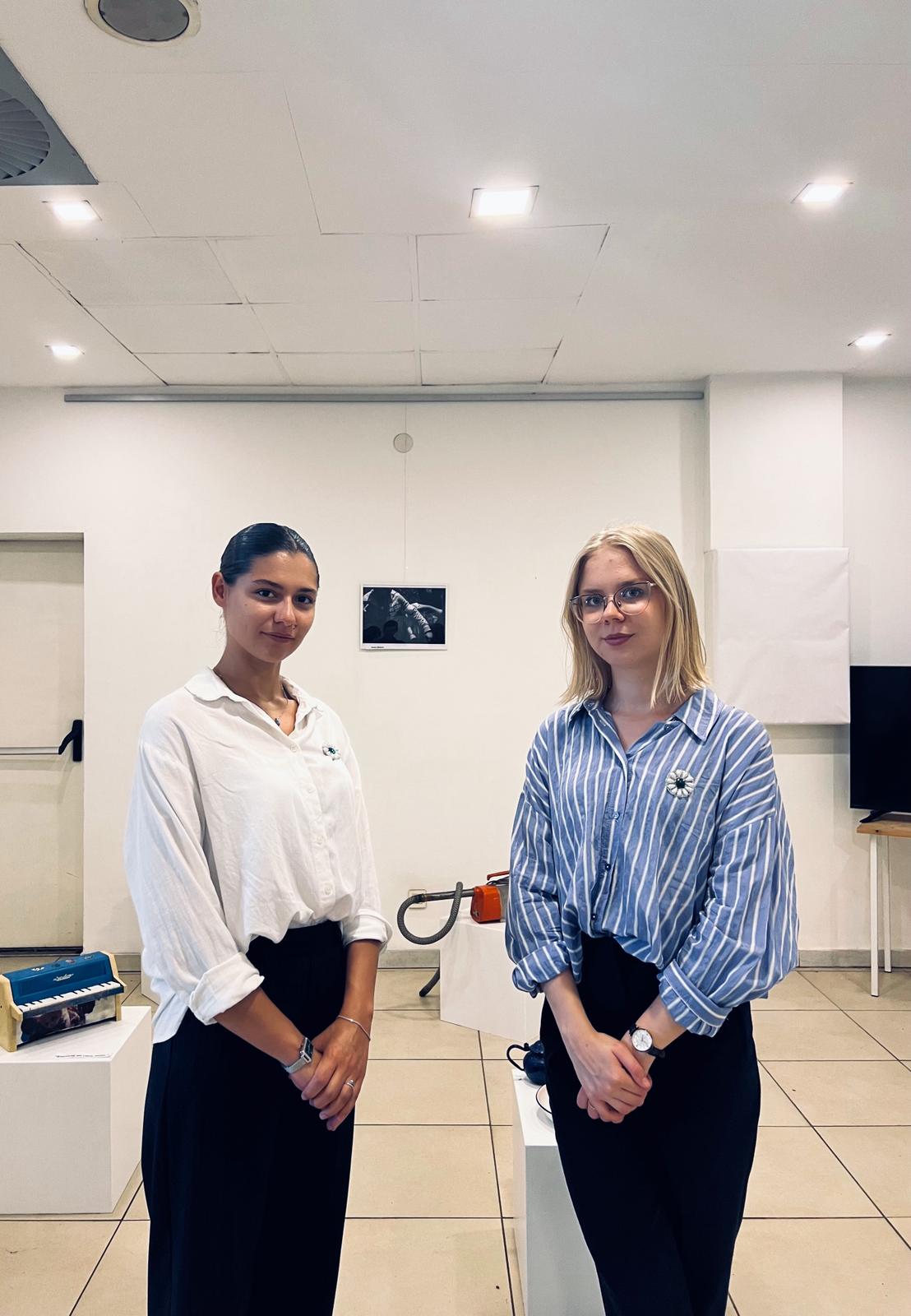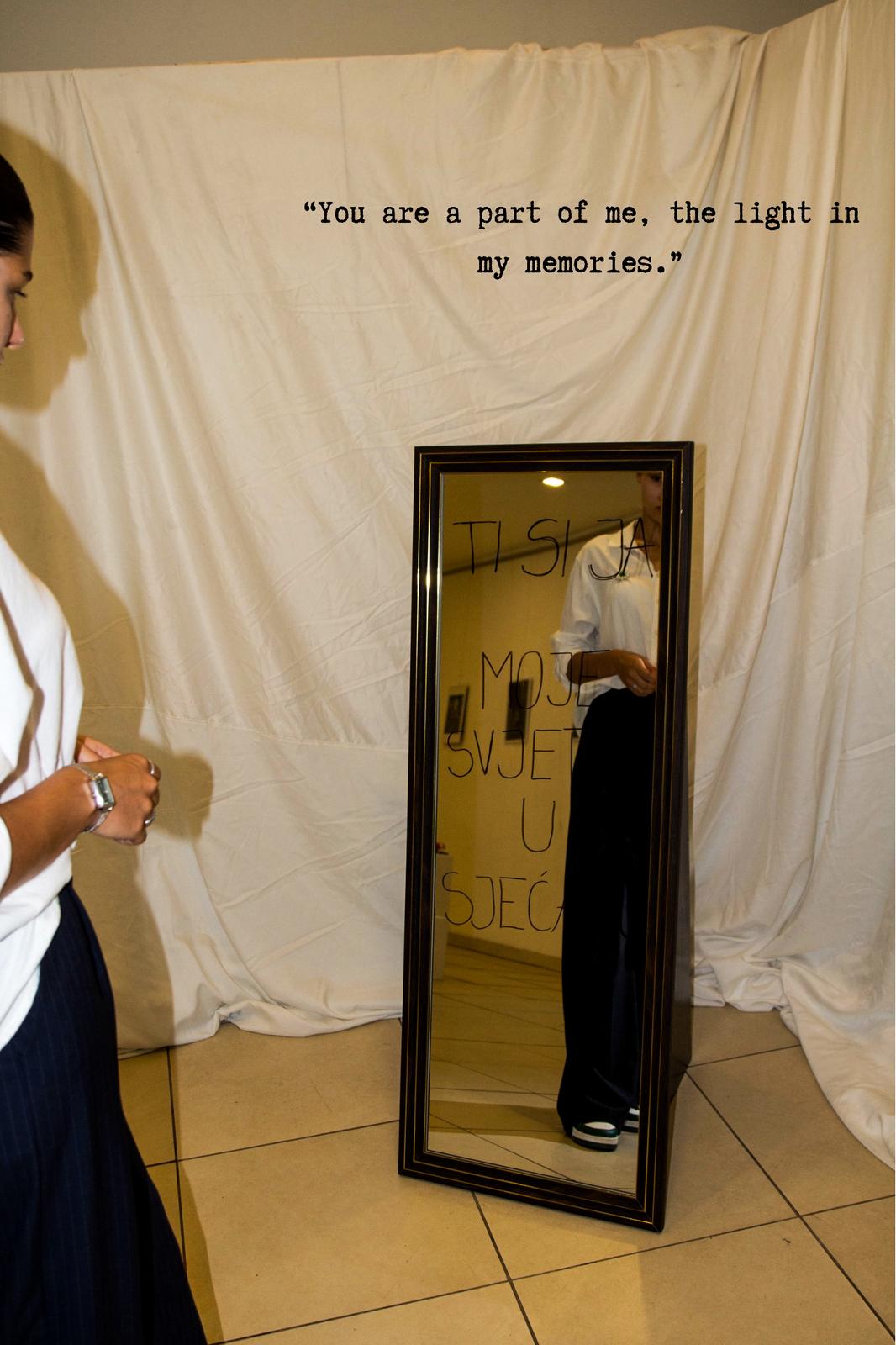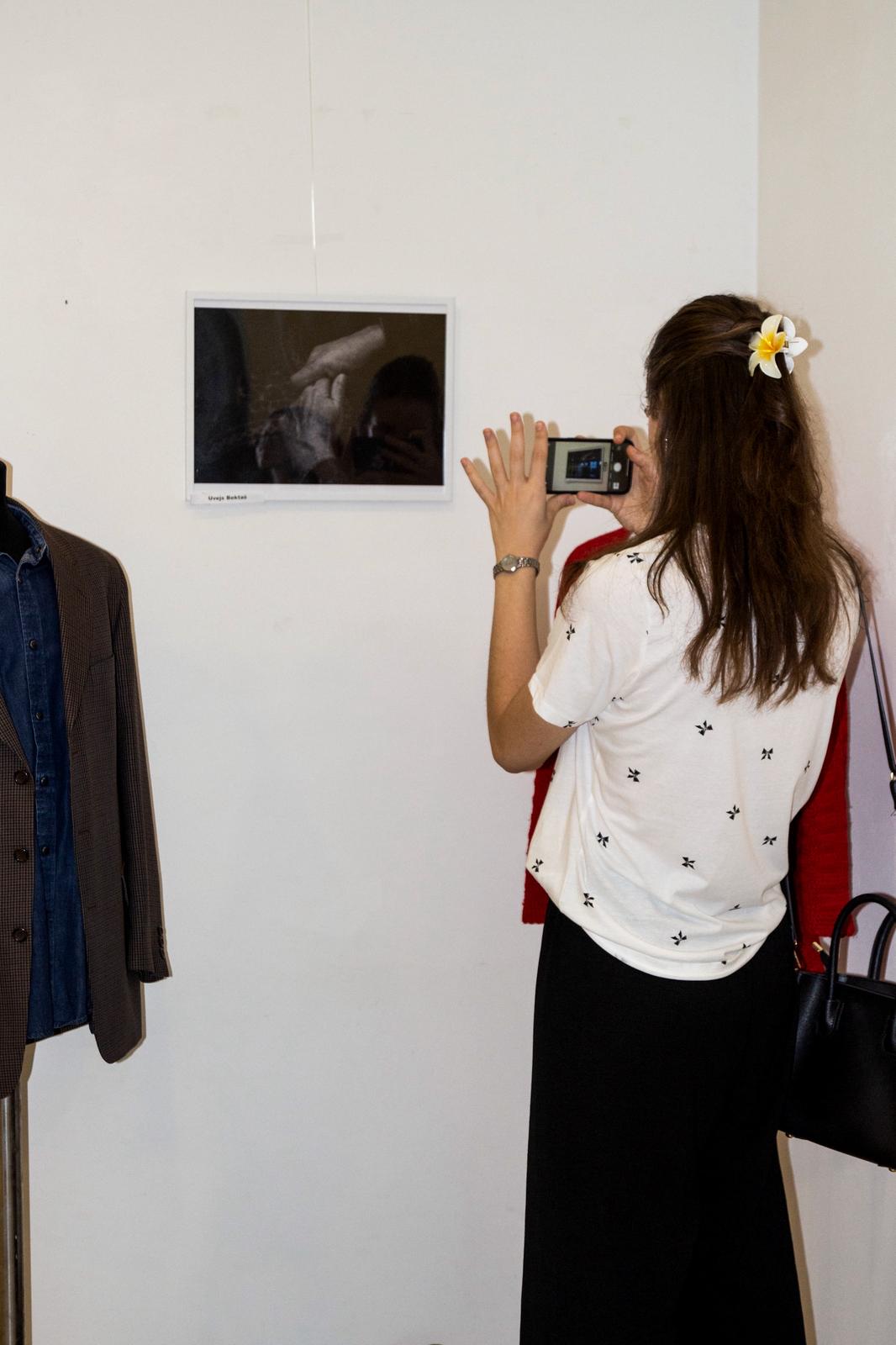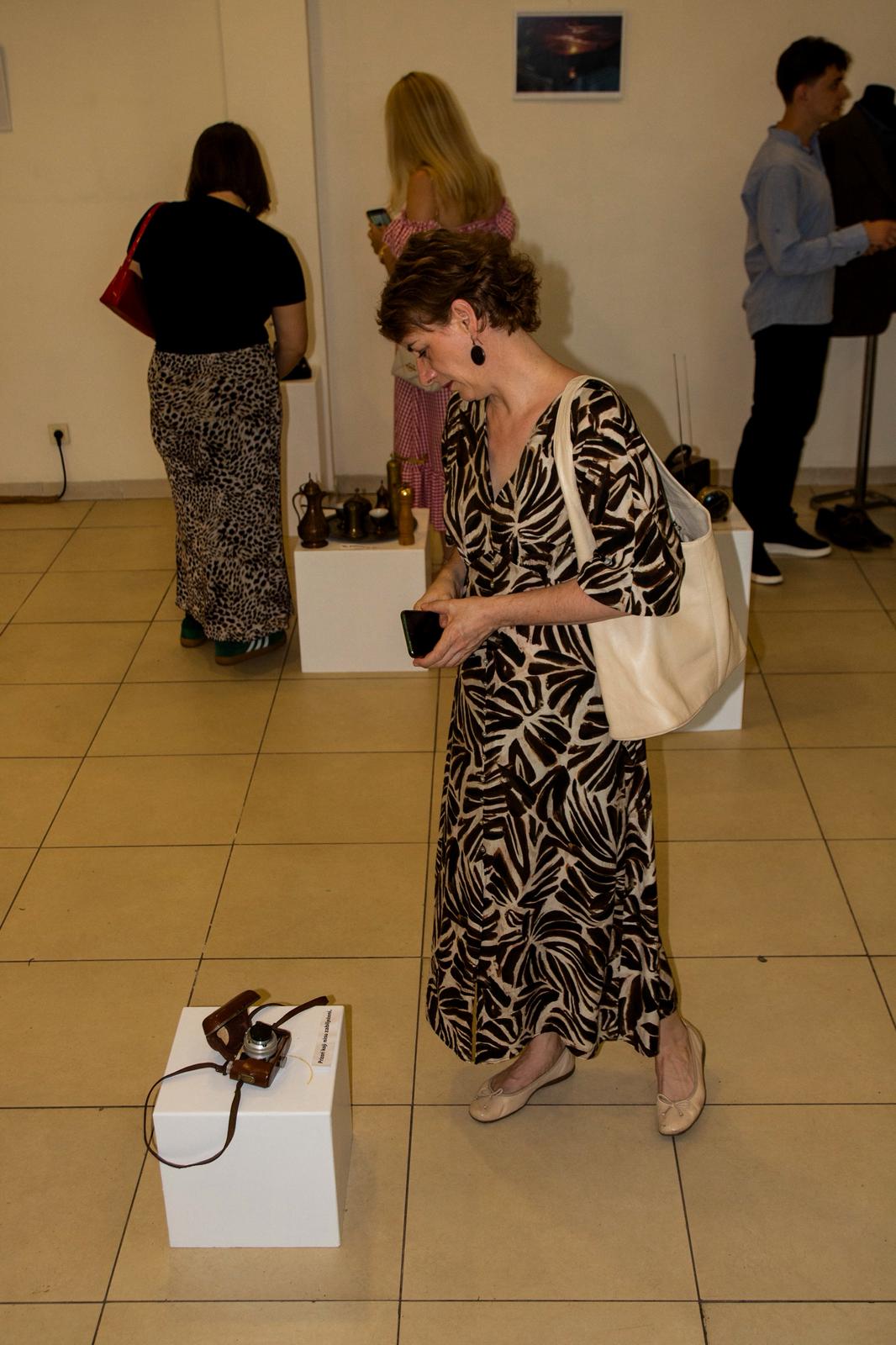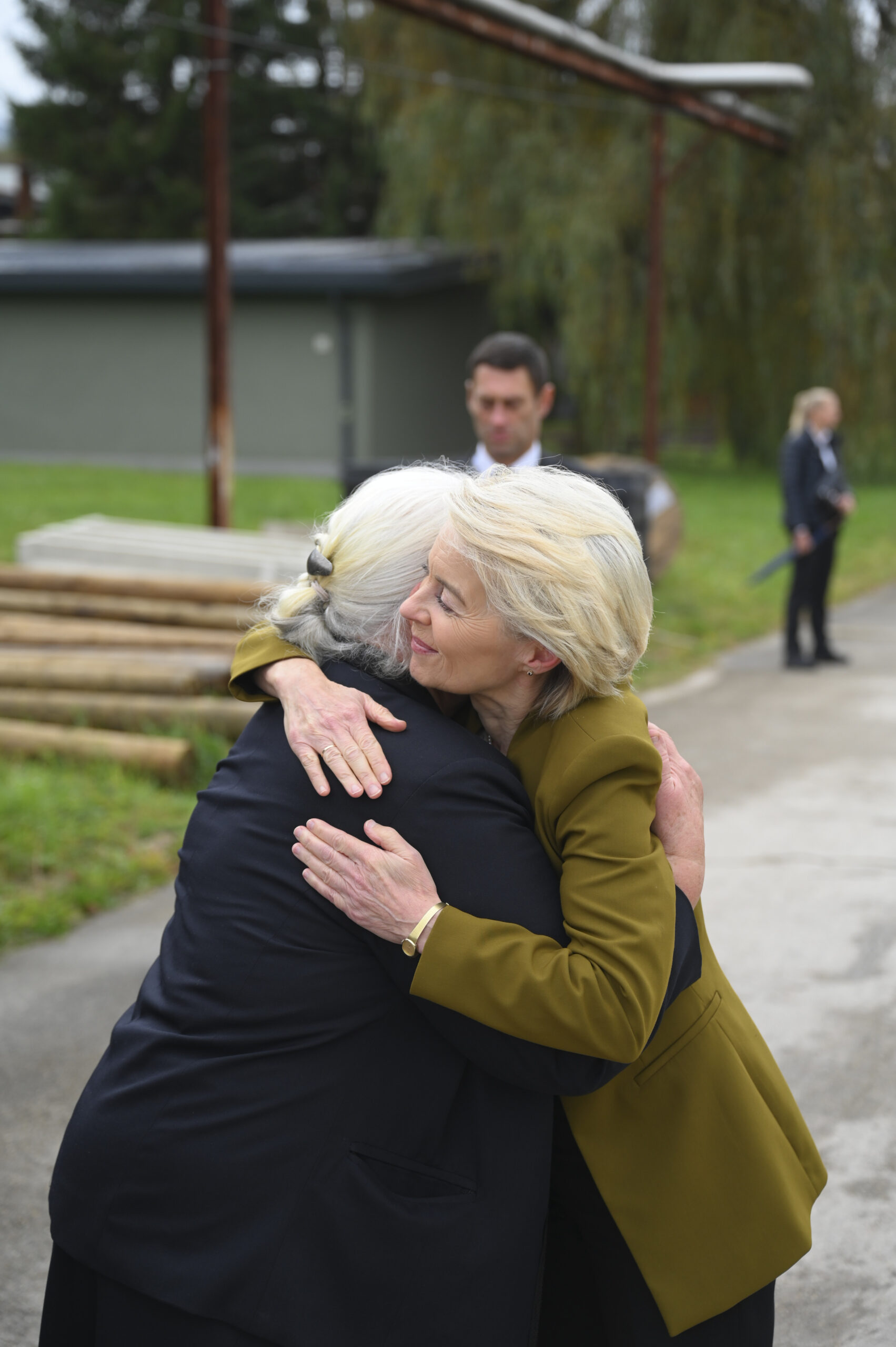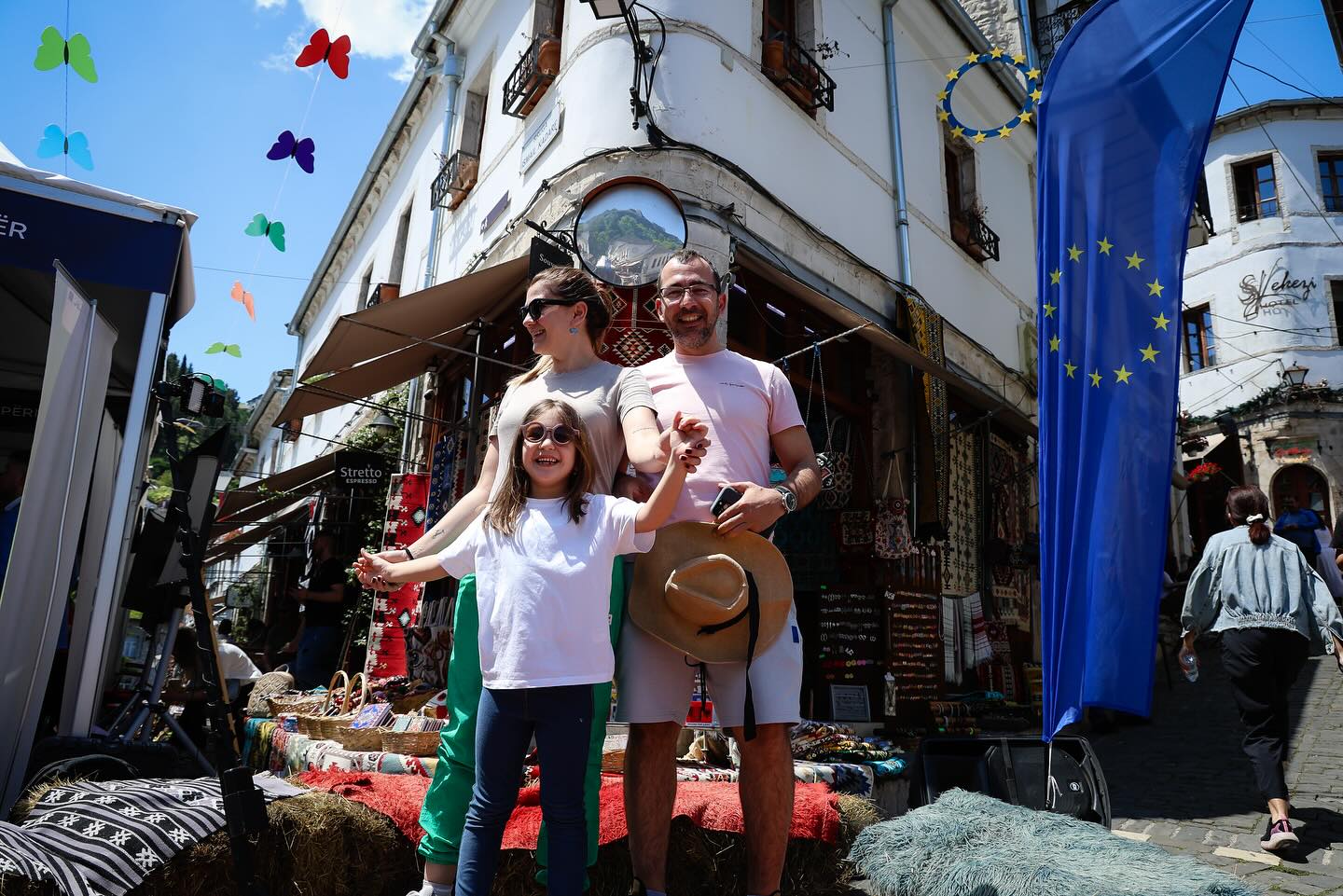Light in Remembrance: Art That Keeps Memory Alive
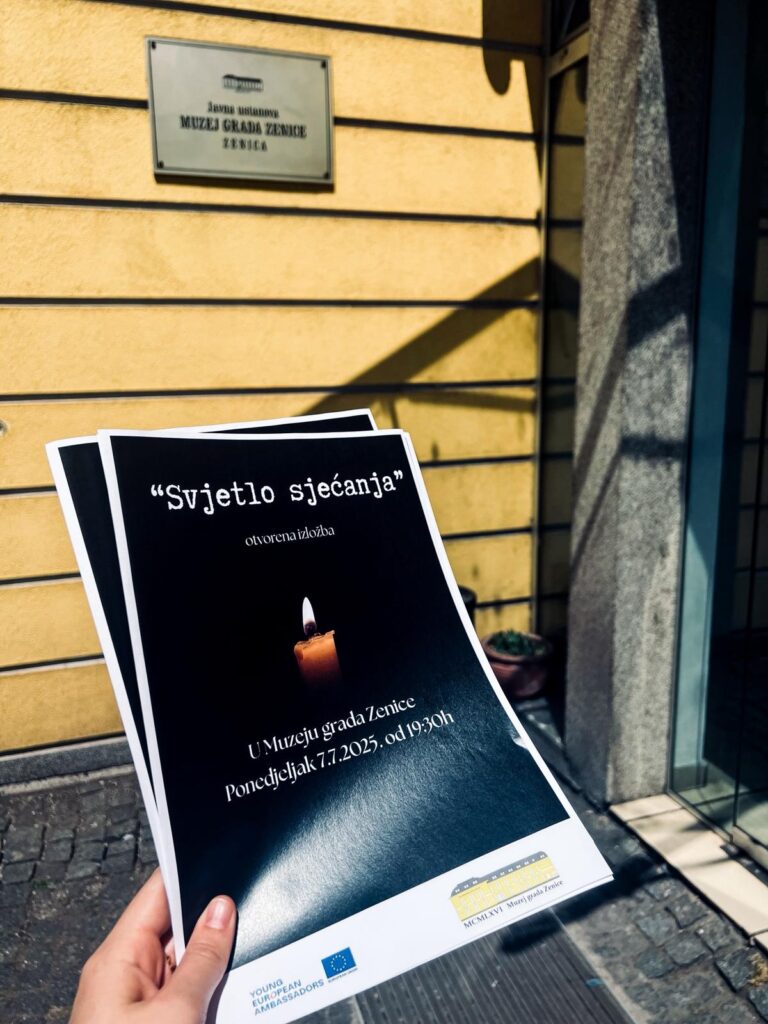
Light in Remembrance: Art That Keeps Memory Alive
By Naida and Emina Odobašić, Young European Ambassadors, Bosnia and Herzegovina
On July 7th, in the quiet halls of the City Museum in Zenica, an art exhibition came to life- a space where memory, grief, and hope intertwined. Alongside my fellow Young European Ambassador, Emina, I had the honour of co-creating this exhibition in commemoration of the Srebrenica genocide. What started as a shared idea between two young people searching for meaning in the echoes of war became a deeply emotional journey- for us, and for everyone who walked through that space.
The idea was simple, yet powerful: memory lives in everyday objects. We wanted to explore how the trauma of war, especially one that shaped the very fabric of our country, doesn’t just linger in history books or official dates, but continues to live in our homes, in our conversations, and often, in our silence. As members of a post-war generation, we have not witnessed the horror firsthand, but we live with its consequences. We felt a responsibility to remember, to reflect, and most importantly, to create a space where others, especially young people, could do the same.
The exhibition was shaped by this sense of responsibility. We carefully selected a collection of seemingly ordinary items: household tools, children’s toys, pieces of clothing- each carrying a story, a fragment of a life interrupted. Some of these objects reminded us of stories passed down from our parents and grandparents, while others symbolized the absence of those who could not tell their stories. It was through these small, personal items that we sought to show the weight of memory, and how it quietly endures.
To bring the voices of our generation into the space, we created a video installation featuring children and youth from our community. They shared what they know about war, how they learned about Srebrenica, and how this collective memory has shaped who they are. Listening to them speak, some uncertain, some emotional, we were struck by the complexity of being both distant from, and deeply connected to, a tragedy that happened before we were born. Their words gave the exhibition a heartbeat.
One of the most moving parts of the exhibition was a photo collection created by two talented young photographers: Uvejz Bektaš and our fellow YEA, Tesnim Karišik Spahić. Through their lenses, they explored themes of absence, identity, silence, and resilience. These images weren’t just photographs; they were emotional interpretations of remembrance, each frame capturing the tension between what was lost and what endures.
What mattered most to us was not just that people looked, but that they felt. That they reflected. That they spoke. We wanted the exhibition to be more than a static display- we wanted it to be a conversation. And as visitors moved through the space, many shared their own stories, their own memories. In those moments, we understood that remembrance is not about the past alone. It is about how we carry it into the future.
Working on this exhibition was one of the most meaningful experiences of our lives. It was emotionally difficult at times, confronting grief, loss, and injustice, but it was also a reminder of how important it is to give younger generations the space to express history in their own way. Not just as passive listeners, but as participants in the ongoing act of remembrance.
Our hope is that this exhibition was not only a tribute to those we lost in Srebrenica, but also a call- a call for empathy, awareness, and a more compassionate future.
We are deeply grateful to WeBalkans for their support, to the City Museum of Zenica for opening its doors to us, to the photographers who trusted us with their work, and to every visitor who stepped into the exhibition with an open heart.
Memory lives on- not only in monuments, but in the everyday. In us.


